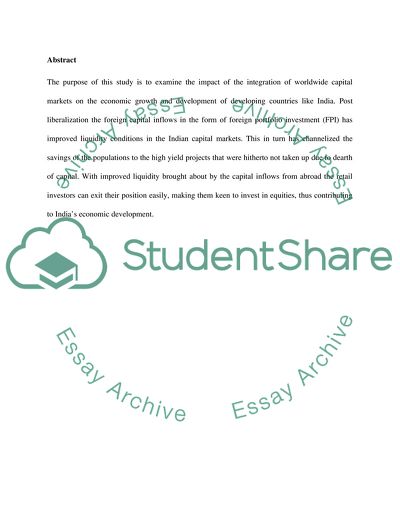Cite this document
(“Impact of globalization on Indian Capital markets Essay”, n.d.)
Retrieved from https://studentshare.org/marketing/1565438-impact-of-globalization-on-indian-capital-markets
Retrieved from https://studentshare.org/marketing/1565438-impact-of-globalization-on-indian-capital-markets
(Impact of Globalization on Indian Capital Markets Essay)
https://studentshare.org/marketing/1565438-impact-of-globalization-on-indian-capital-markets.
https://studentshare.org/marketing/1565438-impact-of-globalization-on-indian-capital-markets.
“Impact of Globalization on Indian Capital Markets Essay”, n.d. https://studentshare.org/marketing/1565438-impact-of-globalization-on-indian-capital-markets.


